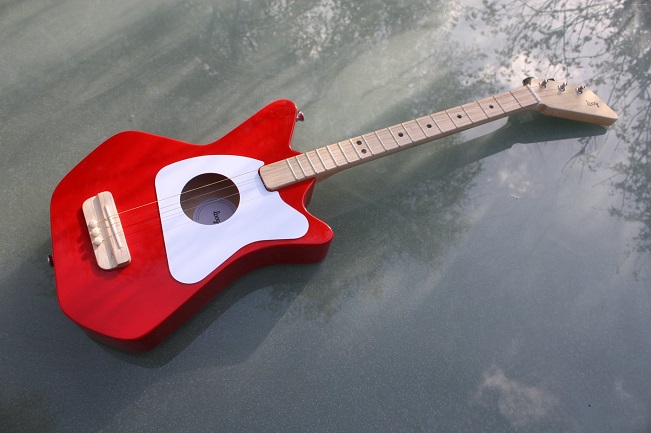The gift of music is a gift that lasts a lifetime. According to neuroscience studies, a reason plus for learning to play a musical instrument is that it can help the child become more well rounded regarding his/her cognitive, emotional and social development and it can also help when it comes to developing fine motor skills. The most popular and versatile instrument parents often choose when introducing their kids to the world of music is the guitar. However, not all guitars are created equally which is why choosing the right one can benefit your kid to a great extent and help him/her develop their skills and master the craft. So what is it that you should take into consideration to make the right choice? Let’s go through the details.

To begin with, you should follow your child’s wish or interest in a particular type, if there is such. In that way, you can help them investigate a little bit what motivates them and what encourages them to pursue their interest. Some kids might love an acoustic guitar, others an electric one. Furthermore, some may be more inclined to using nylon string one, others steel string acoustic guitar with hopes for an electric one for the future.
Along with respecting the child’s interest, you should also try to provide him/her with the best alternative of an adult guitar there is in order to facilitate the process of learning and avoid frustration and obstacles during the learning process. This is precisely why kids guitars and guitars for beginners were invented. One of those types are the 3 string guitars which have a slimmer maple neck, basswood body and three nylon strings. The 3 string guitars are a great introduction for little musicians to start strumming and they come in both acoustic and electric design. That being said, the children will have the opportunity to get creative and make music on a friendlier instrument that will stimulate them to develop their skills.
The next thing to pay attention to is the inspection and adjustment of the guitar. If the guitar is not adjusted properly, the child will find it difficult to play with, especially if they have problems pushing the strings down to get a clear note. That is why a well-adjusted guitar is key and at the same time, it is the most overlooked aspect when selecting a guitar. This is a common problem with low priced beginner level guitars which are usually made of inferior quality materials. These guitars are rarely if ever inspected or adjusted and they are sold right out of the box which is why they always create a problem in the first stages of learning.
Finally, you need to choose the right size. Normal size guitars (meant for adults) are too large for the small hands of kids. They create problems when it comes to holding the guitar and reaching the strings without overstretching the arm and feeling pain in the shoulder. That’s why you should choose a smaller size guitar (1/4 of the standard size) so that the child can move the fingers on the fingerboard freely and focus on playing instead of reaching things.
























